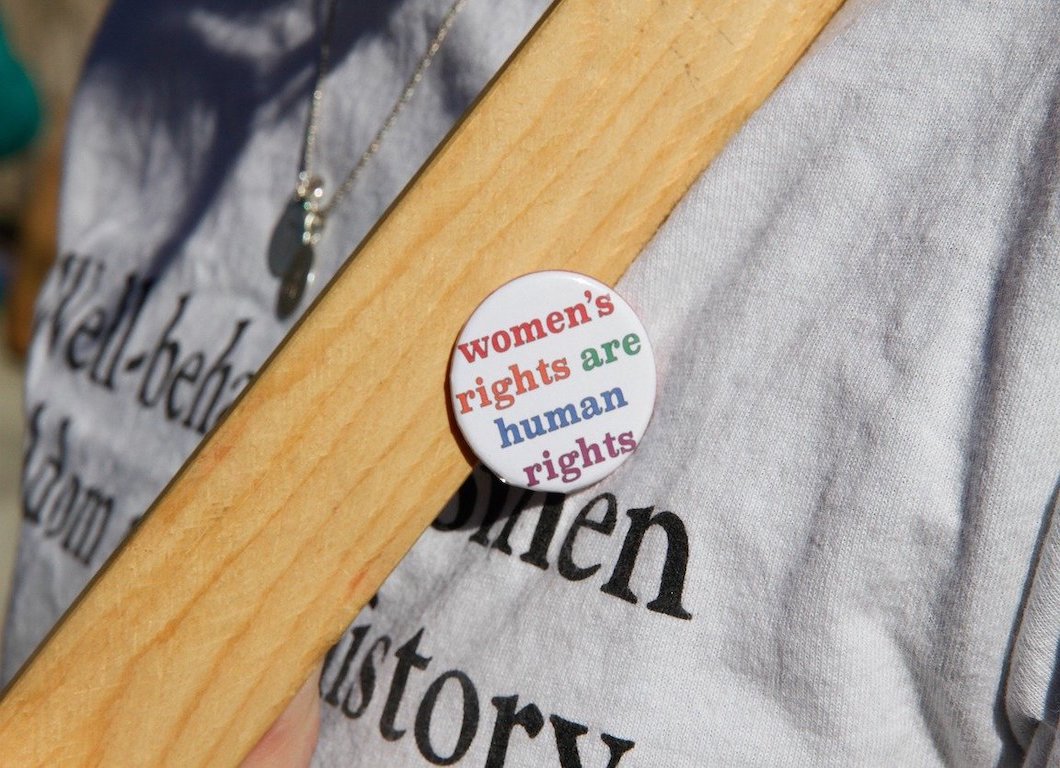Decades Of Women’s Rights Wiped Out By The Supreme Court
- Maryam Ahmed
- U.S.A
- Breaking News
- Midwest USA
- Trending
- June 27, 2022

The Supreme Court’s overturning of abortion signals women’s rights are not theirs to decide
The US Supreme Court – the nation’s most senior legal body – has overturned the ruling that made abortions legal. A consequence of this decision is that a woman’s right to obtain an abortion legally is left to the states to decide. Abortion was made legal across the US after a landmark legal ruling in 1973, often referred to as the Roe v Wade case.
What was Roe v Wade about?
In 1969, a 25-year-old single woman, Norma McCorvey, who was known by the legal pseudonym “Jane Roe,” challenged the criminal abortion laws in Texas. The state forbade abortion as unconstitutional, except in cases where the mother’s life was in danger. Defending the anti-abortion law was Henry Wade – the district attorney for Dallas County – hence Roe v Wade.
When she filed the case, Ms. McCorvey was pregnant with her third child and claimed that she had been raped. But the case was rejected, and she was forced to keep the pregnancy. In 1973 her appeal made it to the US Supreme Court, where her case was heard alongside that of a 20-year-old Georgia woman, Sandra Bensing. They argued that abortion laws in Texas and Georgia went against the US Constitution because they infringed on a woman’s right to privacy.
The Supreme Court issued a seven to two decision holding that the Due Process Clause of the Fourteenth Amendment provides a fundamental “right to privacy,” which protects a pregnant woman’s right to an abortion. They judged that the US Constitution protected a woman’s right to terminate her pregnancy. This ruling was groundbreaking for protecting a woman’s right to choose an abortion and her reproductive rights. Over time, political conflict surrounded the Court’s decision.
How did the Case impact Women’s Rights?

Since the Roe v Wade ruling, abortion services have been made vastly safer and more accessible to women. The decision also set a legal precedent that affected more than 30 subsequent Supreme Court cases involving restrictions on access to abortion and furthered the feminist and women’s rights movement.
The case created the “trimester” system allowing an absolute right to an abortion in the first three months (trimester) of pregnancy, while some government regulations allowed for an abortion in the second trimester. In some states, abortions were restricted or banned in the last trimester as the fetus nears the point where it could live outside the womb. Nevertheless, Roe v Wade also established that in the final trimester, a woman could obtain an abortion despite any legal ban only if doctors certify it is necessary to save her life or health.
The Court partly reaffirmed this in Planned parenthood v Casey. This 1992 case also struck down Roe’s pregnancy trimester framework in favour of a fetal viability standard, typically 23 or 24 weeks into pregnancy. Casey held those state laws restricting abortion before the fetus is viable create an undue burden on women seeking abortions and are unconstitutional because they violate a woman’s right to due process under the Fourteenth Amendment to the Constitution. Anti-abortion politicians and activists sought for decades to overrule the decision; polls consistently showed that a majority, especially into the 21st century, opposed overruling Roe.
How was Roe v Wade Overturned?
The Supreme Court has ruled in favour of Mississippi’s ban on abortions after 15 weeks of pregnancy. This has consequently ended the constitutional right to an abortion for millions of US women. Individual states are now able to ban the procedure again. Half of the states in the US are expected to introduce new restrictions or bans. Thirteen have already passed so-called trigger laws that automatically outlaw abortion following the Supreme Court’s ruling. Several others are likely to pass new restrictions quickly.
Writing for the court majority, Justice Samuel Alito said that the 1973 Roe ruling and repeated subsequent high court decisions reaffirming Roe “must be overruled” because they were “egregiously wrong.” The arguments were “exceptionally weak” and so “damaging” that they amounted to “an abuse of judicial authority.” He reaffirmed and said forthrightly that abortion is a matter to be decided by states and the voters in those states. “We hold,” he wrote, that “the Constitution does not confer a right to abortion.”
What standard should the courts apply if state regulation is challenged? Alito said “any state regulation of abortion is presumptively valid and “must be sustained if there is a rational basis on which the legislature could have thought it was serving “legitimate state interests,” including “respect for and preservation of prenatal life at all stages of development.”
In addition, he noted, states are entitled to regulate abortion to eliminate “gruesome and barbaric” medical procedures, to “preserve the integrity of the medical profession,”; and prevent discrimination based on race, sex, or disability, including barring abortion in cases of fetal abnormality. Ultimately, this means that states are entirely allowed to ban abortions for any reason, taking away the choice of millions of American women.
Since this decision, women, and allies have taken to the street protesting what is considered one of the most monumental infringements on women’s reproductive rights in this century. Could this ruling affect more than just abortion? Only time will tell.








